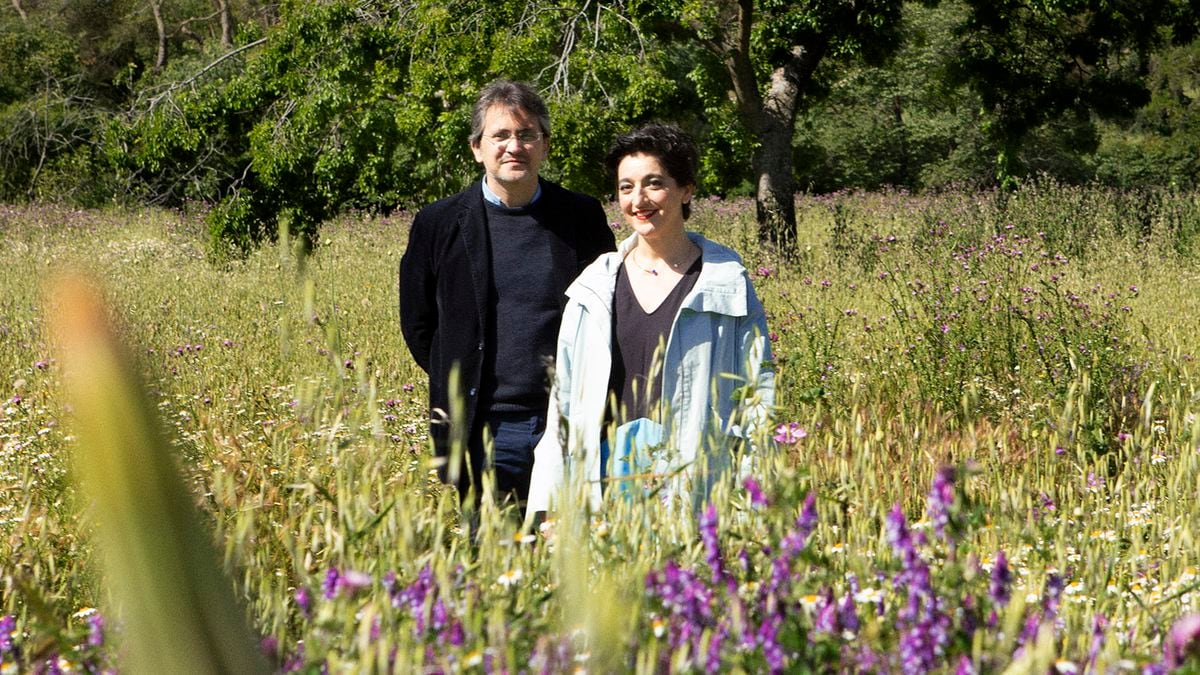Through the new Beaubourg branch, located in New Jersey, France is reaffirming its vision of modern and contemporary art.–
While the “caterpillar” of escalators at the Pompidou Center, as well as its piazza, have just been completely renovated, Beaubourg will close its doors for renovations in December 2023. And this for three years. But during the works in its Parisian heart, the ramifications of the institution will remain open everywhere else, in Metz, in Málaga, in Shanghai, without counting, in 2024, the new Brussels setting, a former Citroën garage where an orchestrated exhibition at the foot raised by Swiss artist John Armleder has already taken place, giving rise to a pioneering KANAL-Center Pompidou. However, the same year, we learned a few days ago, Beaubourg will also set up in Jersey City (New Jersey), “One of the densest and most dynamic areas of the New York metropolis (fifteen minutes by train from Lower Manhattan and Penn Station)”, states the press release. The Pathside Building, with an area of more than 5,000 square meters, built at the beginning of the 20th century, is not an industrial wasteland, but of the tertiary sector – it housed offices of an energy company then a school and library. The city acquired it in 2017 with the intention of making it “A new flagship cultural facility”. The Pompidou center has won the award, the right and the honor of “Co-construct”, according to its terms, the place and its program, “For a period of five years, with an international partner” (the city of Jersey). A project that “Takes into account local expectations and specificities, rather than replicating subsidiaries”.
Beyond the question of who pays what (in this case and as always, the host city pays the Pompidou center for its expertise, its offer, its ideas, its collection made available), that of knowing whether it is a good investment, or whether Beaubourg gets lost by dispersing, this new American antenna says two things. And first, it’s a revenge. And two, a lesson in humanism. A revenge because the United States, New York, its artistic scene, its abstract expressionist geniuses, pop then minimalist, are suspected of having “Stole the idea of modern art” to Europe and France in the 1960s. This shift in leadership in art dates from 1964 and the Golden Lion won by the American Robert Rauschenberg at the Venice Biennale. France, on the diplomatic-cultural chessboard that we now designate in terms of soft-power, seems aging and at the end of the roll. The energy is on the side of American pop, although the French New Realists have paved the way. That the Pompidou center set up a stone’s throw from the MoMA and the Guggenheim, half a century after this dispute may restore the balance: France, not so much itself, but the artistic fauna that it has hosted , is spawning chair rails over there.
Deuzio: if the center sees a red carpet rolled out in Jersey City, it is because it might know something about sharing, education, hospitality and awakening to art. Tammy Murphy, wife of the governor of New Jersey, recalled that her state is the “First in the United States to provide universal arts education to all of its public school students, and home to over 700 arts organizations.” What to conclude? That the Pompidou center has not only dazzled its partner with the richness of its collection (120,000 pieces) but above all with its ability to put it within sight and spirit of lay and diverse spectators? “Democratization”, a French invention mocked at home but which the whole world would be curious about? This remains to be seen, to be proven, to be consolidated, here and elsewhere.
– .

